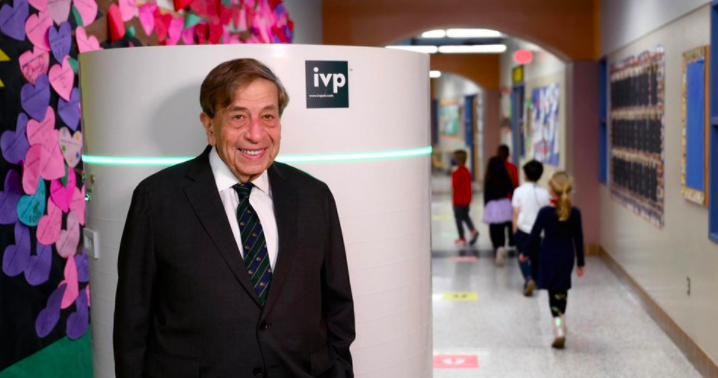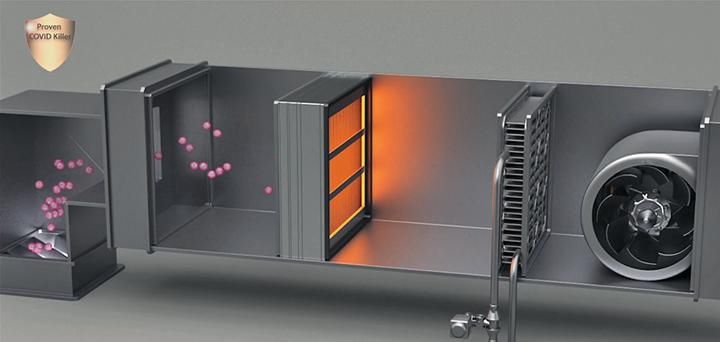
- ARAB NEWS
- 03 Jul 2025

Arab News Japan
Lebanese-American Engineer Monzer Hourani, the CEO of Houston-based Integrated Viral Protection and Medistar received the Engineering News Record’s (ENR) highest recognition as the recipient of the 2021 ENR Award of Excellence for the invention of an indoor air-system that could be a significant contributor to the future of coronavirus-fighting technologies.
As the coronavirus COVID-19 pandemic spreads, technological applications and initiatives are multiplying in an attempt to control the situation and multiple studies have provided strong evidence for indoor airborne transmission of viruses, particularly in crowded, poorly ventilated environments.
The IVP Biodefense Indoor Air Protection System is an air filtration system invented by Hourani that was launched last August that has been proven by Texas-based research institutions to instantaneously catch and kill airborne COVID-19 and other airborne pathogens in a single pass.
Hourani’s brainchild is a propriety high-efficiency particulate air (HEPA) filter that traps and kills 99.999% of the coronavirus. This is done though the utilization of a design that has layers of hyper-heated nickel foam mesh that operates in conjunction with regular air filtration found in heating, ventilation, and air conditioning systems to reduce the potential risk for airborne transmission of COVID-19 indoors.
 The biodefense filter is shown glowing with a hyper-heated nickel mesh that kills airborne viruses and other pathogens. (IVP)
The biodefense filter is shown glowing with a hyper-heated nickel mesh that kills airborne viruses and other pathogens. (IVP)IVP was created by Hourani in April 2020 as a response to the global COVID-19 global pandemic. Though it is a for-profit company, it has a noble purpose which is to respond to the coronavirus COVID-19 by fostering research, development, and the deployment of technologies that offer biodefense solutions to mitigate the transmission of biological threats in indoor environments.
“I am honored to receive this prestigious award and to be in such esteemed company,” said Hourani.
“As soon as the pandemic began, I knew we would need a solution to bring us back to gathering indoors safely. There is no better time to embrace the significance of indoor air quality to reopen our world safely with a technology that will protect future generations,” Hourani added.
The invention has gained approval from the Food and Drug Administration (FDA) for emergency use during the pandemic and has been recognized by the American Society of Mechanical Engineers as a top innovation of 2020 for fighting COVID-19.
The Biodefense Indoor Air Protection System is already being rapidly deployed across the US in medical centers, office buildings, schools and other institutional buildings as an additional method or protection against the coronavirus COVID-19. It can also be retrofitted into commercial and home HVAC systems or installed as a mobile unit equipped with powerful filtration capability, all of which increase the ability for the application of the air cleaning technology within indoor environments while simultaneously ensuring the effective removal of both airborne pathogens and fungal spores from the air.
Supplementing existing ventilation with mechanical filtration systems that capture the airborne microdroplets can help in lowering or even eliminating the concentration of airborne virus-carrying particles within an enclosed space and in turn reduce the number of people who can be exposed.